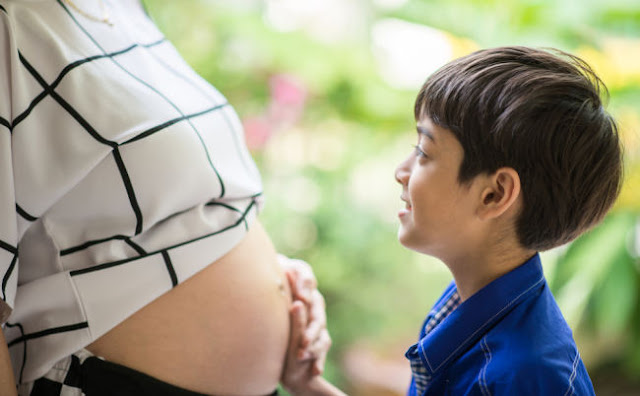7 Ways to Get Rid of a Milk Blister, the Blistering Disruptive to the Breastfeeding Process
Breastfeeding should not be painful and should be a pleasant moment for Mother and baby. But for some women who have just become mothers, breastfeeding can be considered as a struggle against discomfort. One of the enemies of breastfeeding is a pimple on the nipple, known as a milk blister.
Milk blister is a blister wound that is clearly visible and filled with fluid. This injury tends to cause unbearable pain in the nipple during breastfeeding. The color can be clear yellow or reddish. If the area of the skin around the blister is pressed, the skin over the fluid-filled wound will bulge. Milk blisters can also clog the milk ducts, although this is not always the case.
This nipple milk blister arises due to skin growing over the milk ducts. Then a small amount of breast milk (ASI) usually accumulates behind the milk blister. The causes of the blister itself can vary and include:
- Oversupply of ASI.
- Excessive pressure in certain areas of the breast.
- Babies have trouble sucking, sticking their nipples in the wrong way, or problems with their tongue.
- The presence of fungi that cause canker sores that usually causes several zits (not blisters), not just one.
- Flanges or the edges of the mouth of the ASI pump are not fitting or the ASI pump is set too strong, causing friction or blisters.
- Skin allergies or contact dermatitis, against creams, ointments, or medications applied to the nipples. Although the cause of this condition is less common, it's a good idea to stop using cream or the like on the nipples.
- Blisters are also likely to be herpes lesions, if you happen to have a history of herpes. If you do have a history of this disease, stop breastfeeding for a while because Mother can transmit the herpes virus to babies. Immediately consult a doctor and lactation consultant.
How to handle it?
Ideally, self-care at home can expel milk blisters. Mother can take the following steps.- Breastfeed more often. But remember, Mother, this step should only be done if you have no history of herpes.
- Warm compresses on the nipples for 2-3 minutes before breastfeeding. This hot temperature can help open the milk ducts. After it is compressed, immediately feed the baby. Baby sucking can help release the blockage.
- To reduce pain and discomfort due to milk blisters, keep the nipple area moist. The method includes:
- Massage the nipples.
- Vary the position of breastfeeding to help reduce blisters because different positions will reduce friction and pressure on the nipple. You can try to switch from breastfeeding position with the baby at your side to your baby's arms in front of you.
- Drink plenty of fluids and avoid wearing bras that are too tight or bras with wire.
- Consult the lactation consultant if the baby's sucking on the nipple is not deep enough or is consistently having difficulty sticking the nipple into the baby's mouth.
-Place the cotton ball that has been dropped with olive oil into the bra, right in the nipple position.
-Soak the nipples in a cup of water that has been mixed with two teaspoons of salt, four times a day.
-Apply lanolin ointment regularly according to doctor's instructions.



Komentar
Posting Komentar